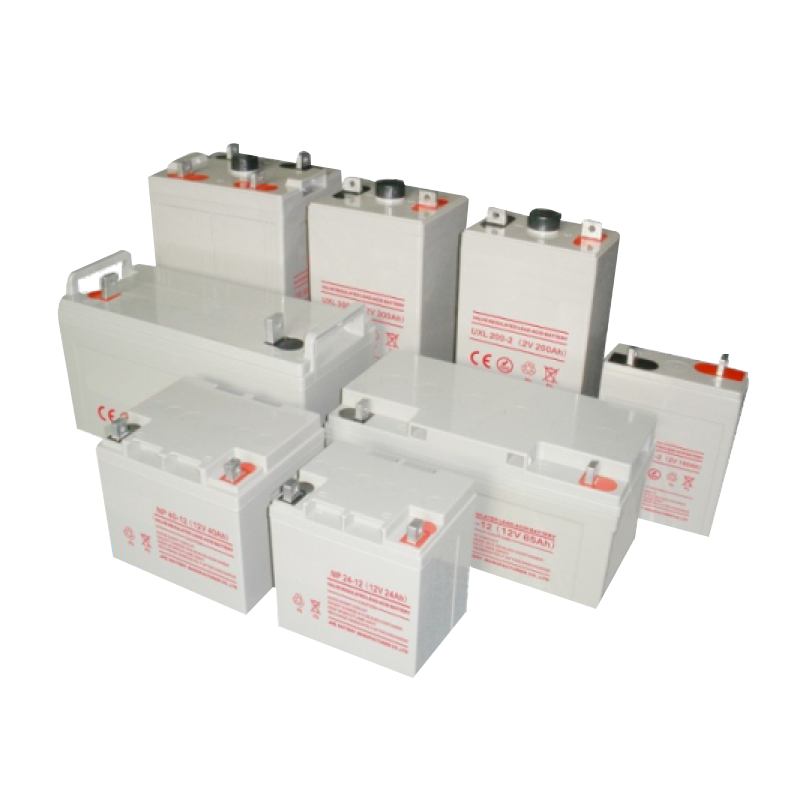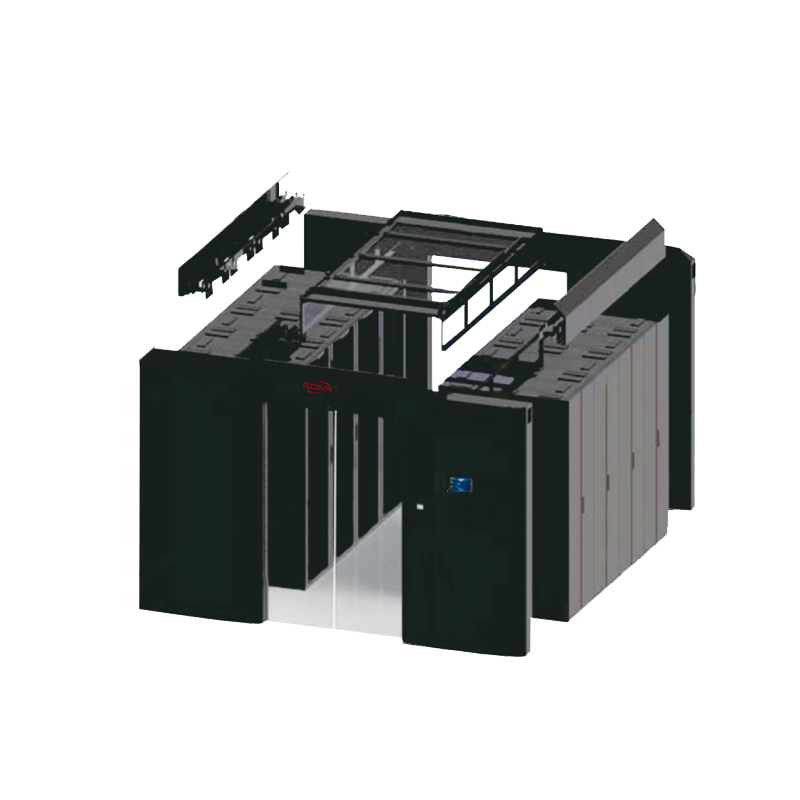 Language
LanguageInverters can provide continuous power to your home. You never know when a power outage will occur and how long it will last, so having a backup power source is ideal. If you constantly want to purchase and install an inverter, there may be many issues with wiring. How does it work and how many requirements are there? In this guide, we will answer these questions.
Step 1: Does the inverter require separate wiring? The inverter can be connected to the battery and home electrical system, so there is no need for separate wiring. The only time when a separate wiring is required is when multiple batteries are installed. The simplest way to explain its working principle is to show you how to install an inverter at home. The following is an overview of these steps, but you should refer to the explanatory manual that comes with the frequency converter. How to wire the inverter, note: This guide assumes that you have experience operating wires. If not, please leave this task to a licensed electrician. This guide is applicable to most inverters, including up to 10000 watts, Set up the inverter. Inverters should be kept away from flammable or combustible objects. This location must not have direct sunlight or moisture. Depending on the type, inverters can be installed in either a horizontal or vertical manner.
Step 2: Connect the inverter wiring to the battery
Connect the inverter positive wire to the battery positive terminal. Next, connect the negative wire on the negative terminal. The positive wire is red, and the negative wire is black. What size of inverter wire do you need? Most inverters use 4 AWG wires like those manufactured by WindyNation. The thinner the wire, the higher the resistance, so choose a thicker wire. Your inverter manual will explain the required wire thickness.
Step 3: Connect the inverter wires to the AC power source. Your inverter has three output lines: positive (red), negative (green), and ground (black). Sometimes the grounding wire is green and the negative pole is black. Check your inverter manual as it contains color coding information for the wires. Connect the red (positive) wire to the main MCB (miniature circuit breaker). The main MCB is equipped with fuses and switches. Regarding the green (negative) wire, connect it to the MCB negative wire. Connect the grounding inverter line to the MCB ground wire.
Step 4: Connect the electrical wiring to the inverter and connect the AC output wires of the inverter to the circuit breaker. You will find a disconnected circuit breaker on your home's main distribution board. To operate the load (equipment), please connect the equipment wiring to the circuit breaker. Ensure that the circuit breaker is not overloaded. The inverter has a power input, so you can connect it to the main power supply. If you check the main distribution board, you will look at the branches that handle various power loads. What you need to do is choose the branch that you want to be powered by the inverter. Simply put, it goes from the main circuit breaker to the circuit breaker branch, and then to the inverter and its load/equipment. These all require my own wiring.







































































